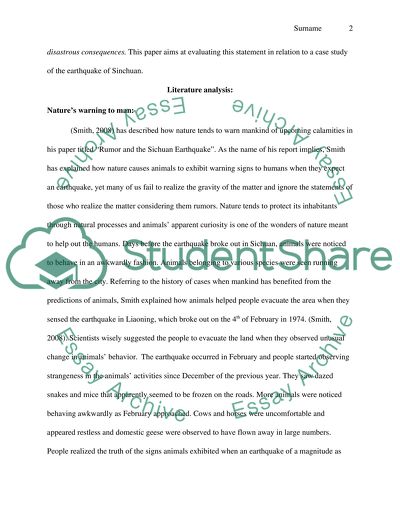Cite this document
(“The Wenchuan Earthquake in Sichuan Research Paper”, n.d.)
The Wenchuan Earthquake in Sichuan Research Paper. Retrieved from https://studentshare.org/environmental-studies/1569596-earthquake-in-sichun
The Wenchuan Earthquake in Sichuan Research Paper. Retrieved from https://studentshare.org/environmental-studies/1569596-earthquake-in-sichun
(The Wenchuan Earthquake in Sichuan Research Paper)
The Wenchuan Earthquake in Sichuan Research Paper. https://studentshare.org/environmental-studies/1569596-earthquake-in-sichun.
The Wenchuan Earthquake in Sichuan Research Paper. https://studentshare.org/environmental-studies/1569596-earthquake-in-sichun.
“The Wenchuan Earthquake in Sichuan Research Paper”, n.d. https://studentshare.org/environmental-studies/1569596-earthquake-in-sichun.


